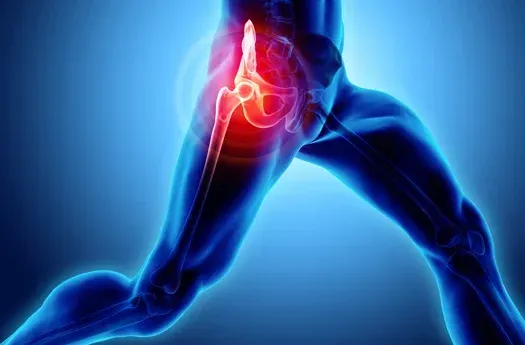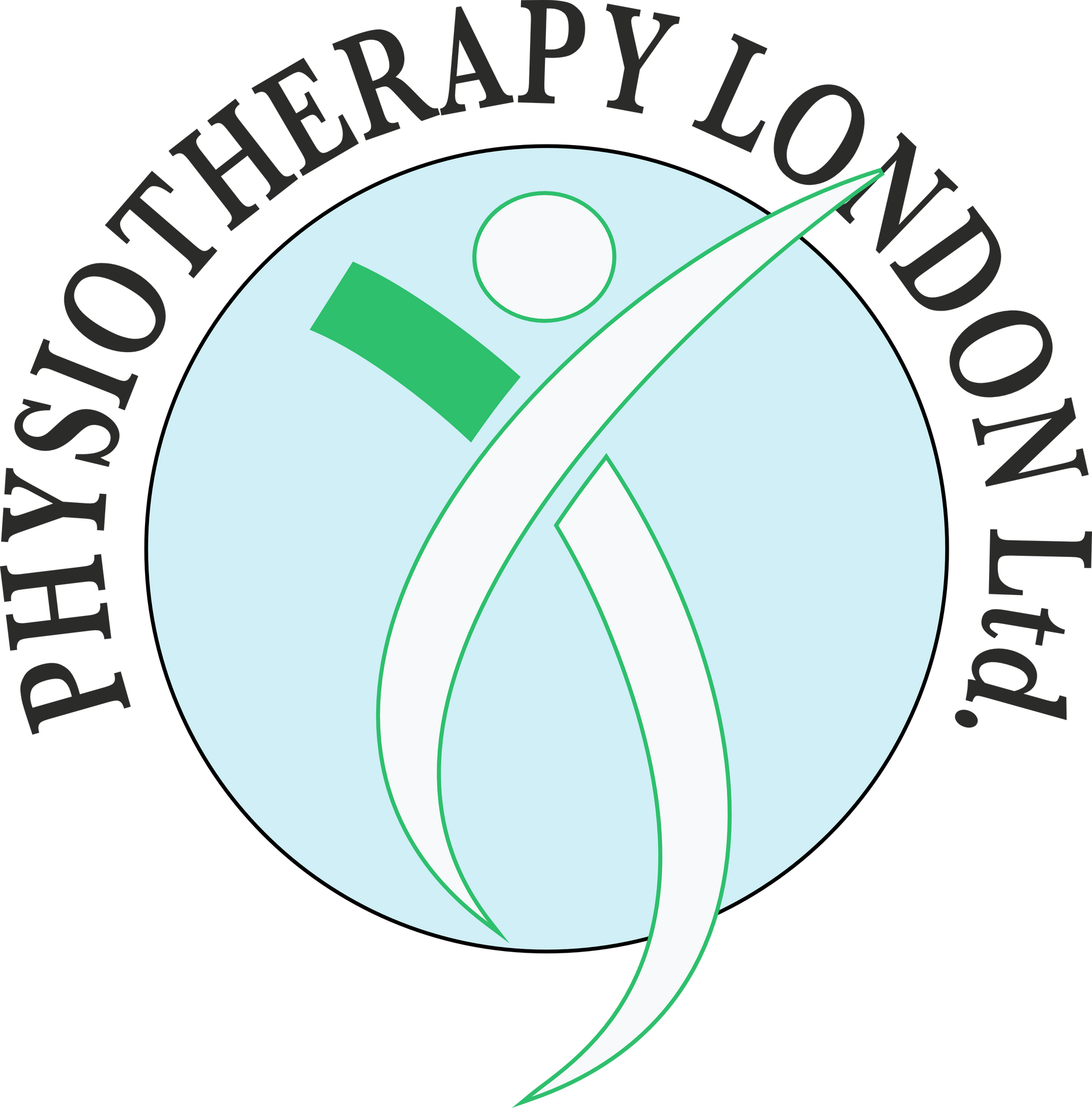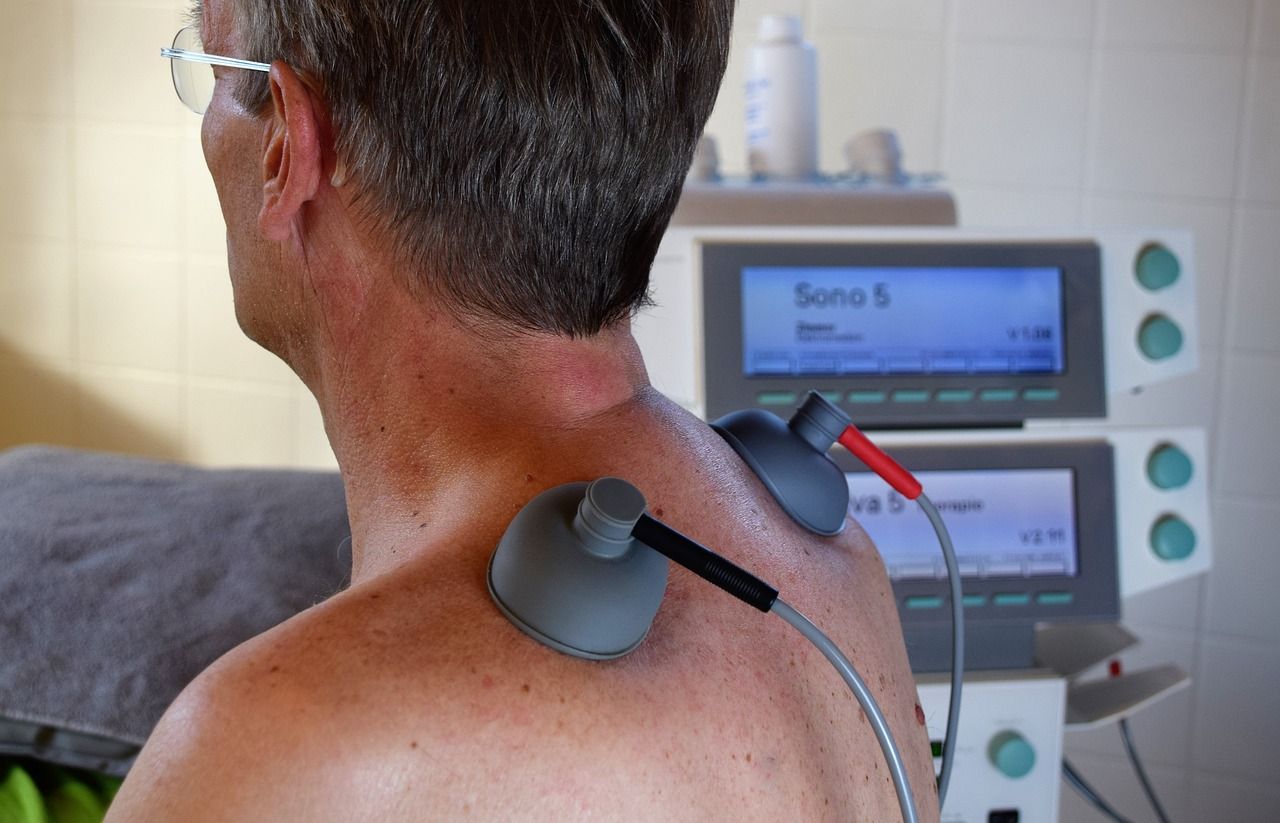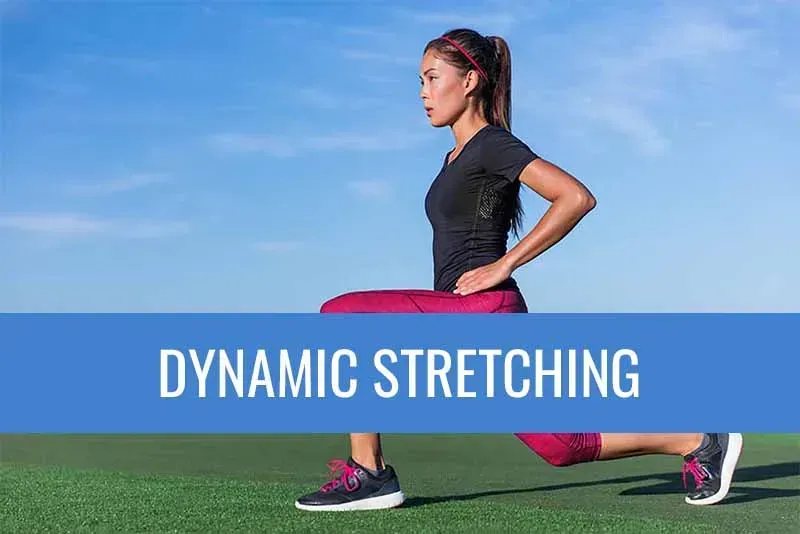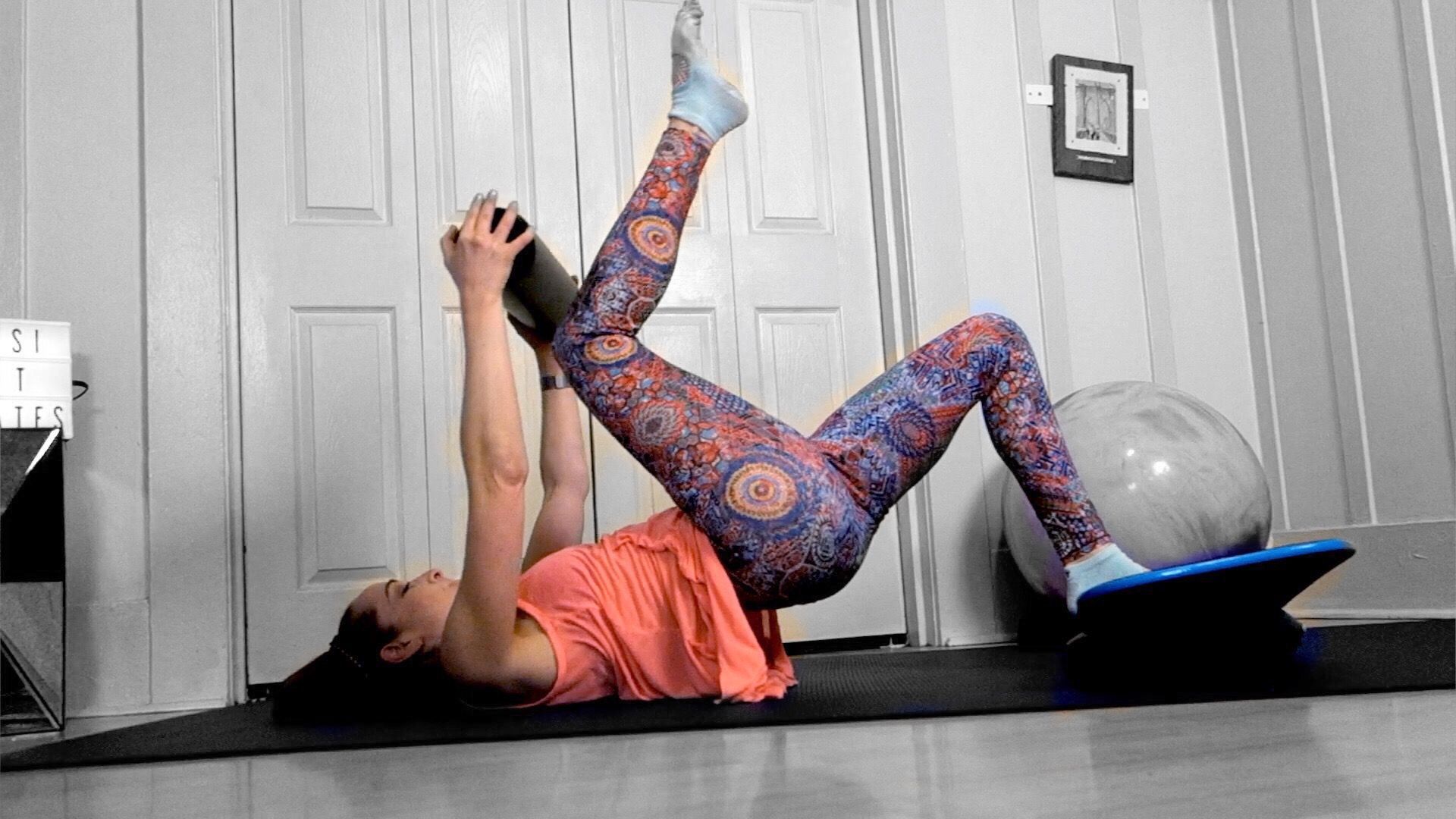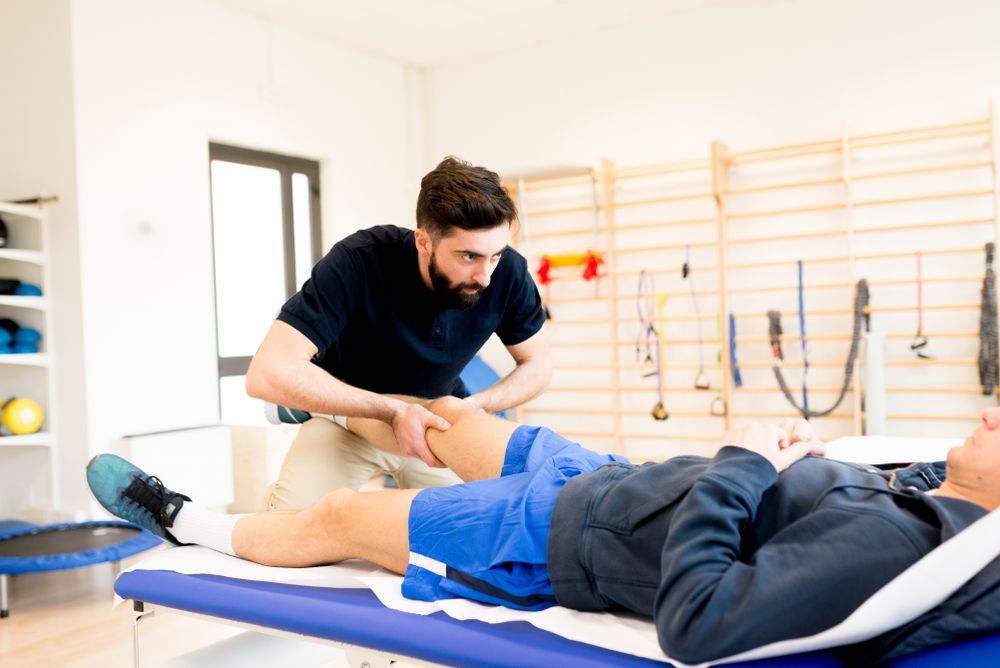Sports Massage
Introduction
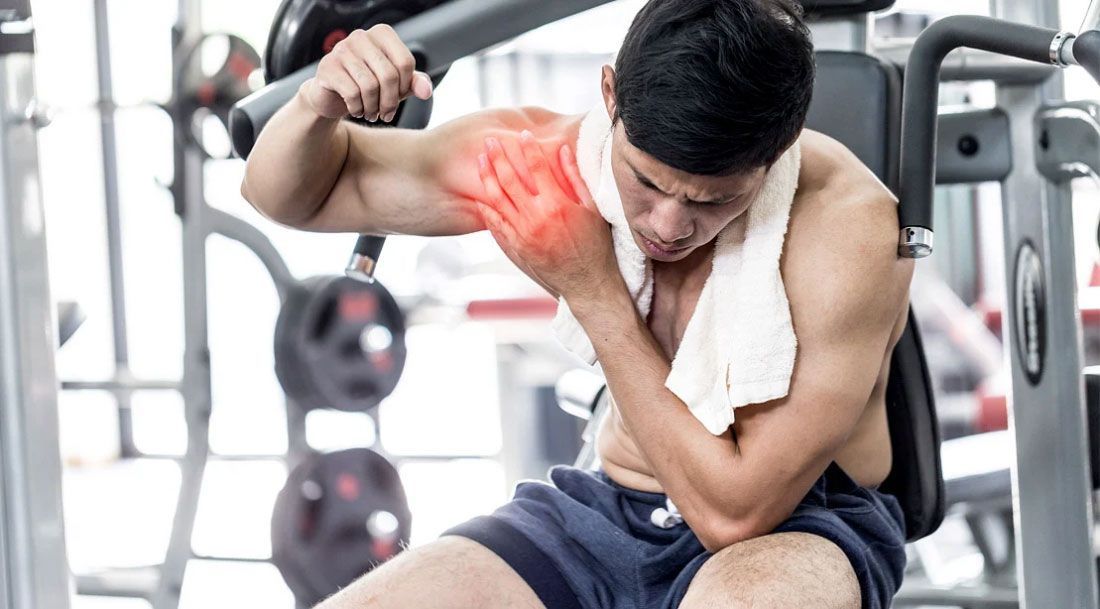
Sports massage is a specialized form of massage therapy designed to address the unique needs of athletes and individuals engaged in regular physical activity. This therapeutic technique goes beyond relaxation, focusing on enhancing performance, preventing injuries, and facilitating recovery. In this article, we will explore what sports massage entails, who can benefit from it, and the biological changes and responses associated with regular sessions.
What is Sports Massage?
Sports massage is a targeted manual therapy that incorporates various techniques to address specific issues related to sports and physical activity. It involves the manipulation of soft tissues, including muscles, tendons, ligaments, and fascia, to promote healing, alleviate muscle tension, and enhance overall performance. Unlike traditional massage, sports massage is often more intense and may include stretching joint mobilization, and deep tissue techniques.
Who Can Benefit from Sports Massage?
-
Athletes:
- Professional and amateur athletes across different sports can benefit from sports massage to improve flexibility, reduce muscle soreness, and enhance recovery.
-
Regular Exercisers:
- Individuals engaged in regular exercise routines, from gym-goers to weekend warriors, can benefit from sports massage to prevent injuries, optimize muscle function, and improve overall well-being.
-
Injury Prevention and Rehabilitation:
- Sports massage is effective in preventing injuries by identifying and addressing muscle imbalances and areas of tension. It is also beneficial in the rehabilitation process for those recovering from sports-related injuries.
-
Enhanced Performance:
- Athletes often seek sports massage to improve performance by promoting optimal muscle function, increasing range of motion, and reducing muscle fatigue.
Benefits of Sports Massage:
-
Improved Circulation:
- Sports massage enhances blood circulation, delivering oxygen and nutrients to muscles while removing metabolic waste products, promoting overall tissue health.
-
Muscle Relaxation and Flexibility:
- The manipulation of soft tissues helps release muscle tension, promoting flexibility and reducing the risk of strains or tears.
-
Pain Reduction:
- Sports massage can alleviate muscle soreness and discomfort, contributing to better pain management and improved recovery.
-
Enhanced Recovery:
- By reducing muscle stiffness and promoting relaxation, sports massage accelerates the recovery process after intense physical activity.
-
Injury Prevention:
- Regular sports massage helps identify and address potential issues before they escalate into injuries, supporting overall musculoskeletal health.
Frequency for Biological Changes and Responses:
The frequency of sports massage sessions depends on individual needs, training intensity, and goals. However, a general guideline is to schedule sessions regularly, with some athletes opting for weekly or bi-weekly sessions during intense training periods. Pre-event massages are common to prepare the body for upcoming challenges, while post-event sessions focus on recovery.
Conclusion:
Sports massage is a valuable tool for athletes and active individuals seeking to optimize their performance, prevent injuries, and enhance recovery. By addressing specific soft tissue needs, this specialized form of massage therapy offers a range of physical and physiological benefits. To achieve lasting biological changes and responses, integrating sports massage into a regular wellness routine can contribute to improved overall health and athletic success. Always consult with a qualified massage therapist or healthcare professional to tailor the approach to individual needs and goals.


